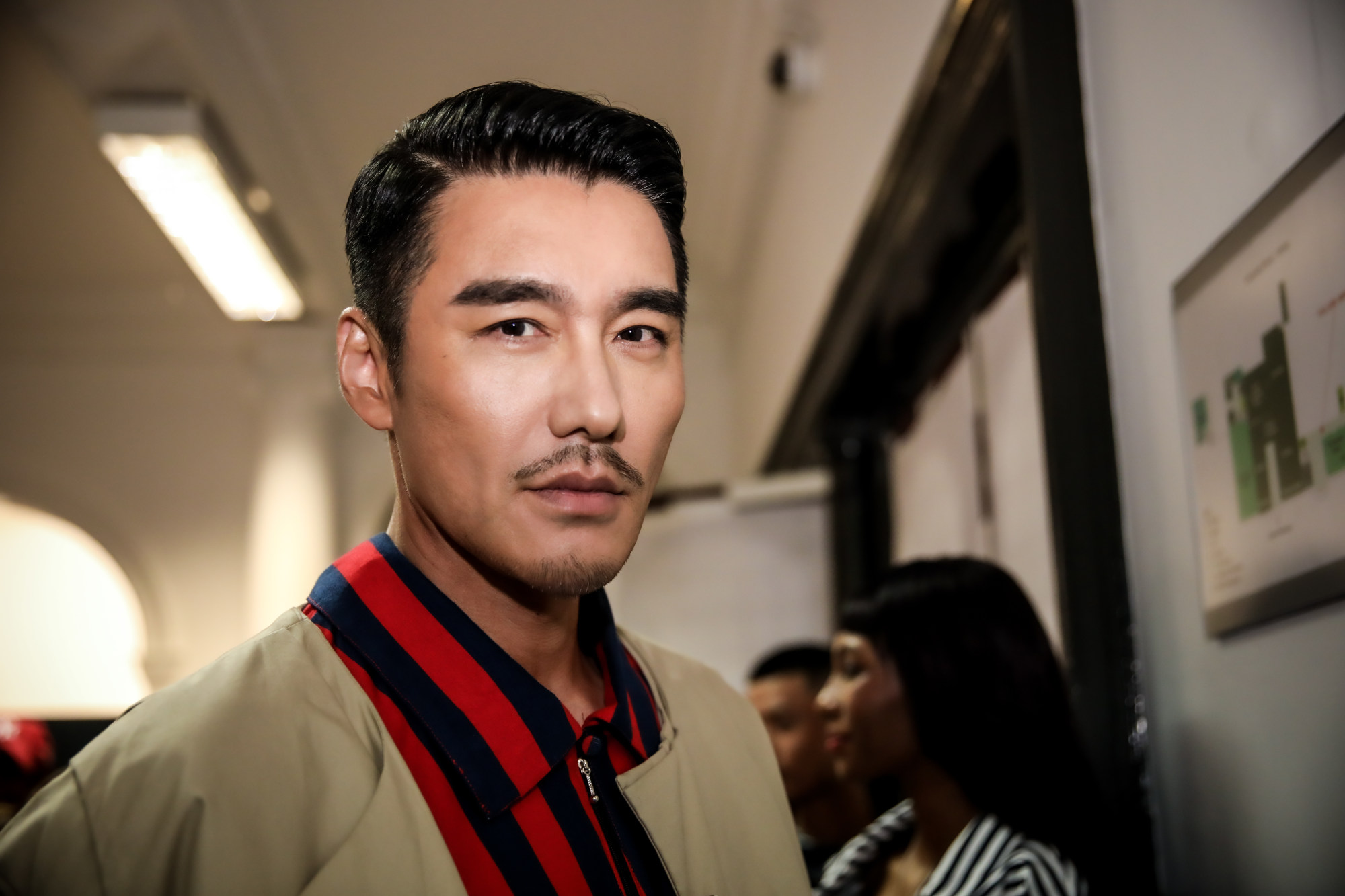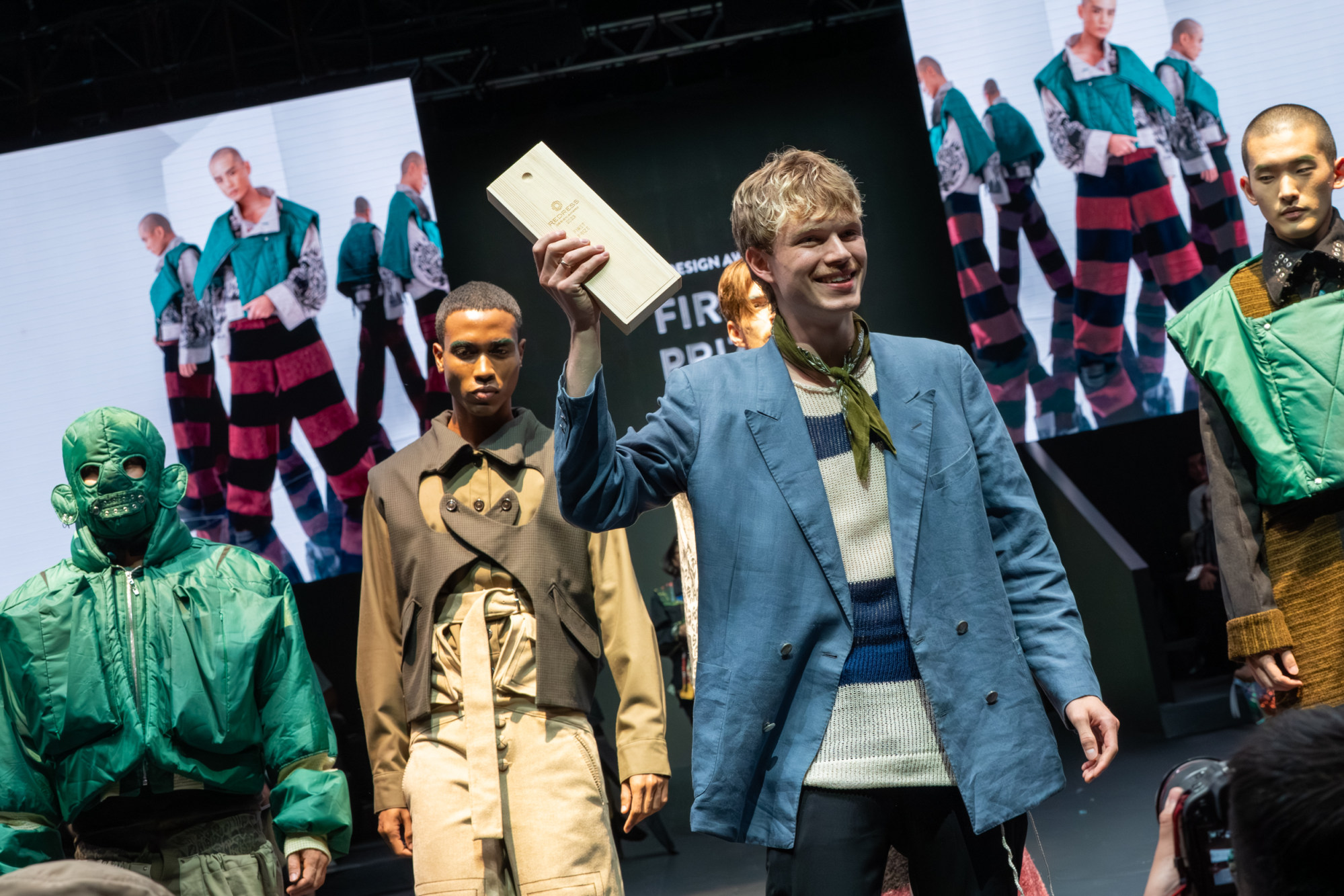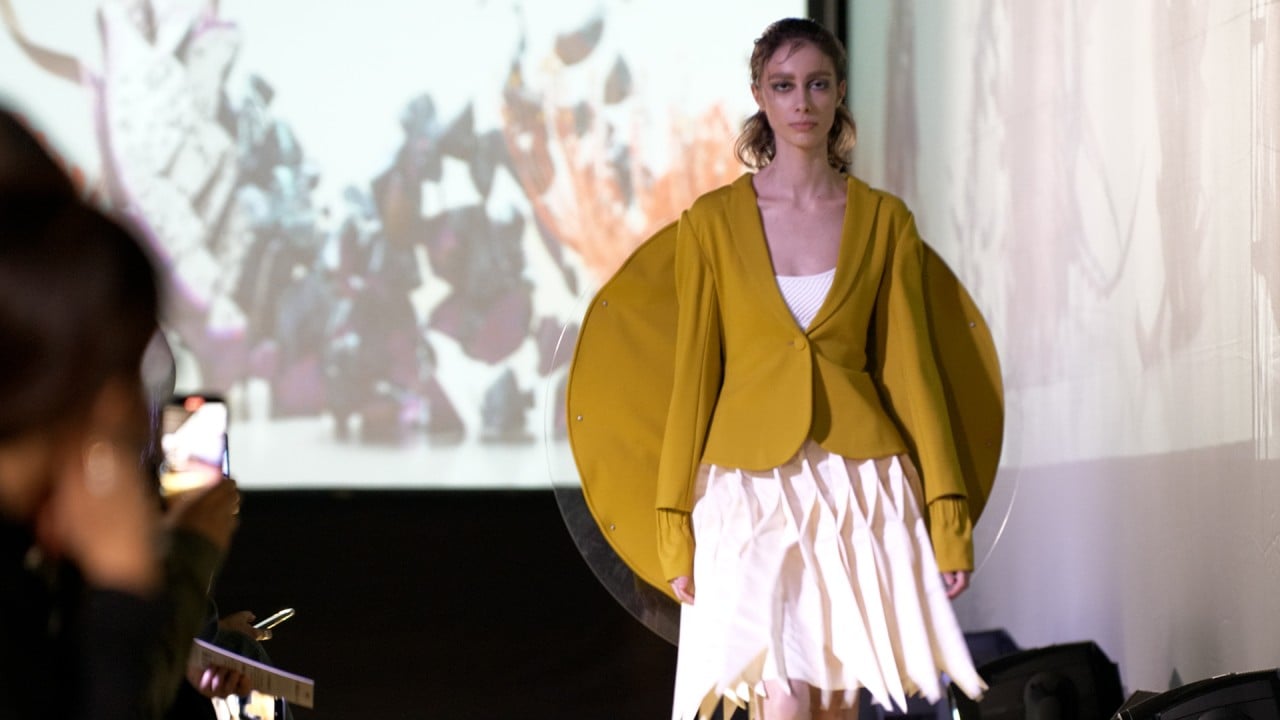
Global Impact: sustainability, cultural diversity take centre stage at New York, London, Milan and Paris fashion weeks
- Global Impact is a weekly curated newsletter featuring a news topic originating in China with a significant macro impact for our newsreaders around the world
- In this issue, we look back at the recent trends from New York, London, Milan and Paris fashion weeks as sustainability and cultural diversity strutted their stuff
If the spring/summer 2024 collections – unveiled during the New York, London, Milan and Paris fashion weeks this month – are anything to go by, sustainability and cultural diversity are as important as looks and style in the world of fashion today.
And it’s not just on the catwalk.
The focus of this year’s Global Fashion Summit, held in the US city of Boston this week, was on the industry’s commitment to sustainability. A two-day international conference on sustainable fashion, to be held in Hong Kong from October 11-12, will bring together leaders in the field around the region to share ideas and discuss trends, technology, best practices and solutions.
Meanwhile, more designers with Asian roots are making their presence felt, and being celebrated, in an increasingly diverse and inclusive industry.
Researchers from Zhejiang University, the Huazhong University of Science and Technology and several other institutes are working to produce a material that reflects roughly 90 per cent of the sun’s rays, according to a 2021 study published in Science journal.
Adjusting to climate change: the start-ups making cooling clothes
Right now, all these alternative and eco-friendly materials might come with high production costs, but it is hoped that today’s niche solutions could well be tomorrow’s mainstream fashion.
A 2022 study of the Swiss watch industry found that this particular generation places value on a timepiece’s sustainability credentials. In another report by Credit Suisse, “more than 15 per cent of young consumers in China and India [now say that they] only buy sustainable products”.
There are few Chinese men in his age group who remain in good shape and continue to be active in the scene. I think this makes him an especially good role model in China
Even Chinese actress Fan Bingbing made an appearance on the catwalk during the show by Lebanese fashion house Georges Hobeika.
“There are few Chinese men in his age group who remain in good shape and continue to be active in the scene. I think this makes him an especially good role model in China,” says Edmund Zhou, editor-at-large of V Magazine China.
And what binds them together are not only their subtle cultural references in their creations, but also their sustainable practices, which puts them at the forefront of a trend that is now redefining the fashion industry.
60-Second Catch-up
Deep dives

Green is the new black as sustainability pressures China’s fashion industry
-
Environmentally friendly innovations are bubbling up in China’s fashion industry, such as a synthetic leather made from beer-brewing waste
-
But sustainability efforts are fragmented, and insiders say more coordination is needed to ensure progress toward climate-change targets
Shanghai Fashion Week is China’s biggest fashion gala, a chance for domestic designers and brands to showcase their latest collections and spark off trends.
But this year, some catwalk shows during the autumn event were about more than the new looks adorning the models.

‘Don’t give up’: how China’s OG male model Hu Bing stays on top of his game
-
The original Chinese idol, Hu Bing delighted many recently at London Fashion Week by offering to walk in the University of East London’s on-schedule runway show
-
He spoke to the Post about helping emerging fashion designers, being a positive role model and how he stays looking so good in his 50s
Hu Bing sits at a make-up table during London Fashion Week (LFW) surrounded by noise and movement, the usual hectic backstage scenes you’d expect before a show.
As the original Chinese idol, he’s well used to the pampering and preening. Even so, he appears remarkably serene as his hair is blow-dried and his make-up applied.

Meet the new generation of Asian designers looking closer at their heritage
-
The designers behind fashion labels Lu’u Dan, Namesake and Commission talk about how their Asian heritage helps form their visual language and branding
-
‘Asians are starting to find commonalities in our stories,’ Lu’u Dan founder Hung La says, which helps others ‘see the subtle differences within our identities’
A decade or so ago, New York Fashion Week was dominated by names such as Phillip Lim, Joseph Altuzarra, Jason Wu, Prabal Gurung, Derek Lam and Alexander Wang – a vanguard of Asian-American designers who redefined what running a Western fashion brand could look like.
Yet by and large, whether they veered towards uptown sophistication or exuded downtown cool, the designers’ Asian heritage remained absent from their visual language and branding.

Fashion student upcycles his parents’ tent, wins sustainable fashion award
-
Nils Hauser, a student at the Fashion Design Institute in Düsseldorf, Germany, was inspired to upcycle his parents’ tent by music festivals
-
He entered the Redress Design Award, and won the competition, and was given a chance to collaborate with Timberland on its spring 2025 collection
As a boy, Nils Hauser loved camping trips with his family, getting close to nature in Germany’s forests and lakes.
Over time, the outings became less regular. “After a certain age, you just don’t want to go camping with your family,” says Hauser, with a laugh, in a video call from the city of Düsseldorf, where he is a student at the Fashion Design Institute.

Fan Bingbing wears Lebanese designer: how high fashion is embracing diversity
-
An influx of Middle Eastern, African and Asian designers at the recent Paris Haute Couture Week shows an effort to spotlight a greater diversity of talent
-
They included Lebanese designer Jad Hobeika, recently worn by Beyoncé and for whom Chinese actress Fan Bingbing walked the Paris runway
Widely recognised as the pinnacle of French fashion and culture, haute couture has marked Paris as a global centre of luxury and taste since the reign of King Louis XIV (1643-1715). But is the future of this high fashion embracing a multicultural shift?
The shows at autumn/winter 2023-24 Haute Couture Week in Paris spotlighted a more diverse cast of designers than usual. It wasn’t just French or European names; there was an influx of AAPI (Asian-American and Pacific Islander) and BIPOC (black, Indigenous, people of colour) designers showing in and around the official schedule.

It’s time watchmakers become sustainable, but how will they do it?
-
Mining accounted for 10 per cent of the deforestation in the Brazilian rainforest in a decade. Watchmakers are big users of mined gold and precious stones
-
Some brands are looking to become more sustainable to appeal to Gen Z customers, by using recycled or sustainably mined metals or choosing alternative materials
Watchmaking is all about tradition. And when it comes to sustainability, preserving tradition has held the industry back.
But some luxury watchmakers are finally stepping up their game to match the needs of their new clientele: Gen Z.
Global Impact is a weekly curated newsletter featuring a news topic originating in China with a significant macro impact for our newsreaders around the world.


